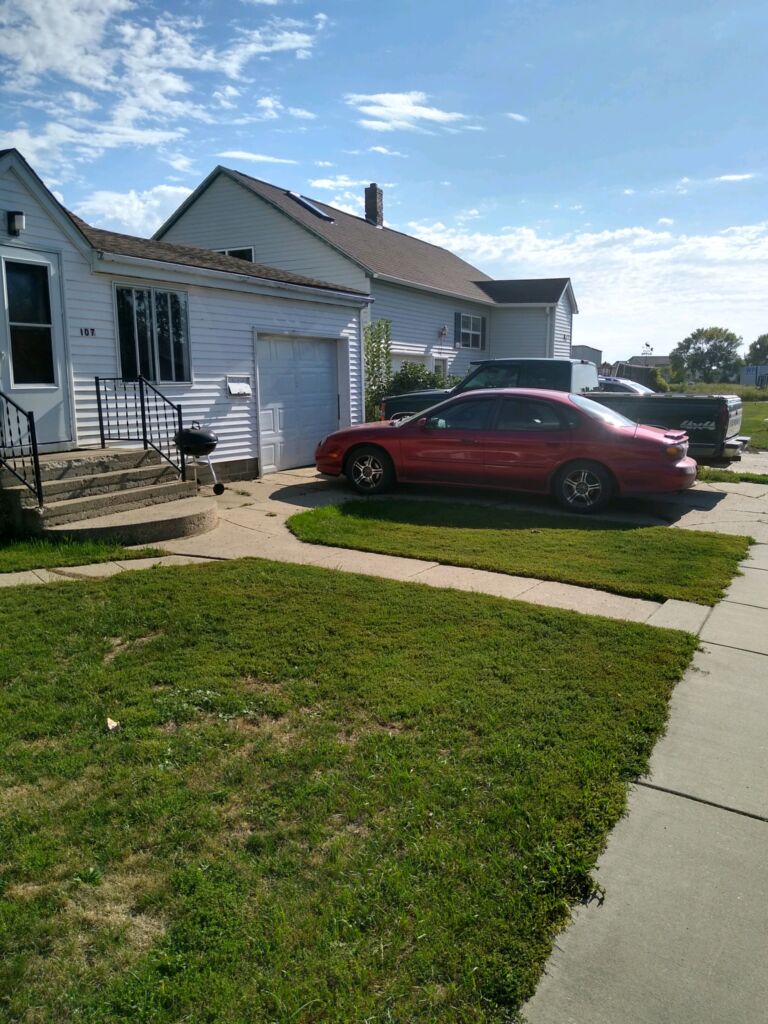Police crackdown on campaign signs leads to confusion in Marshall
The nearer we get to Election Day, the more campaign signs sprout up seemingly everywhere. But there’s something of a crackdown underway on political signs in the southwestern Minnesota city of Marshall. Questions and complaints over political yard signs not only on public property but near the curb on boulevards along residential neighborhoods recently prompted the Marshall Police Department to confiscate dozens of signs, according to the Independent.
The removal of more than 100 political campaign signs from lawns in Marshall caused confusion for residents this week.
Marshall Police said officers started removing some campaign signs on Wednesday, after receiving complaints about signs placed too close to the street.
“There were a significant number of concerns brought forward in the last month and a half,” said Marshall Public Safety Director Jim Marshall.
At last word, authorities had removed some 115 political signs but still had some of the city to check for compliance. The vast majority of the signs removed were for GOP candidates, reflecting the Republican political leaning in the area. But the sweep caught both DFL and MNGOP activists by surprise when the city began enforcing a 12-foot setback ordinance for the first time.
“People were confused as to whether or not they had been stolen,” said Anita Gaul, chairwoman of the Lyon County DFL. Gaul said she received calls Thursday from Marshall residents whose campaign signs had been removed overnight.
Marshall resident Marty Seifert said he was “a bit startled” to see the political signs gone from his property. Seifert said he’s put out campaign signs for more than 30 years, but there wasn’t a problem with their placement before. “I’ve never had this issue brought up or discussed, ever,” he said.
Marshall authorities highlighted the rules for the lawful location of political signs, encouraging both political parties to get out the word to their supporters back in August.
“The Marshall Police Department would like to remind everyone that the placement of political campaign and other signage is not allowed under state law on any highway or street right of way,” the post said. “Highway right of way includes driving lanes, inside and outside shoulders, ditches, and sight corners at intersections. City street right of ways are typically 12 feet from the curb or on the boulevard.”
The MPD’s post said unlawfully placed signs may be removed by city officials. The post also included a link to the Minnesota Department of Transportation’s website, which talks about laws regulating the right of way for state highways. Minnesota statutes don’t allow advertisements like campaign signs to be placed within the limits of a highway.
But the controversy has led to questions over the constitutionality of the city’s 12-foot setback. The lawn of the house pictured here measures 11 feet from the sidewalk to the front steps, apparently precluding the legal posting of a yard sign under the city ordinance and a potential violation of free speech rights. Accordingly, there’s talk the city may review the policy in the near future.

In the end, residents whose signs were removed were able to reclaim them at the law enforcement center. But much confusion remains over the rules for placing yard signs, even among veteran political players like former legislator Marty Seifert.
Gaul said the Lyon County DFL received the email about sign placement from the Marshall city clerk’s office, and forwarded the information to the party’s mailing list. However, she said the way the sign removals were handled was “poorly communicated.”
Gaul said Marshall residents were also left with questions why political lawn signs were removed for being too close to the street, when commercial lawn signs were left alone.
…While Seifert had concerns about campaign signs being removed, he also said he thought sign placement was an issue that could get worked out with the city of Marshall.
“It’ll have to get discussed and clarified,” he said.
One unusual development to come out of the controversy? Democrats and Republicans find themselves on the same side of an issue for once.